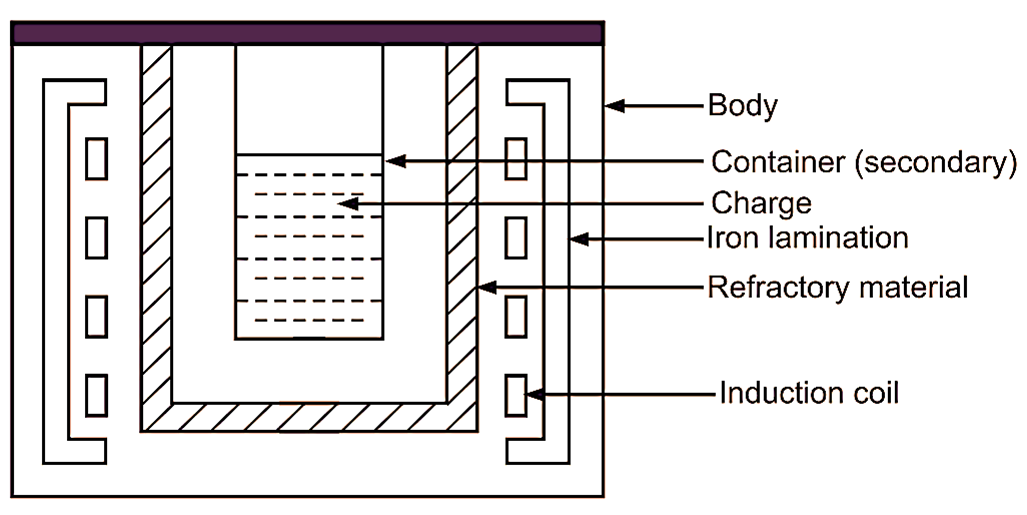
Fig. 1: High Frequency Induction Furnace.
Coreless Induction Furnace or High Frequency Induction Furnace works on the principle of transformer. The primary winding is wound on furnace and is connected to AC supply. The charge inside the furnace acts as secondary. Induced currents heat up the charge. Due to skin effect, primary winding gets heated up. To keep the coil temperature within limits, these coils are made hollow and water is circulted through it. Heat in the charge is produced by eddy currents flowing concentrically. High frequency supply is preferred 500 to 1000 Hz because eddy current ∝ B2f2.
With this method it is possible to employ vacuum heating required for heating precious materials, the power factor of this furnace is very low. Efficiency is also low.
Stray magnetic fleld produced by coil outside the heating coil may link with supported steel structure and causes serious heating to supporting structure. To avoid this external packets of laminated core are provided which provide less reluctance path for magnetic field. This also decreases magnetizing current and increases power factor, sometimes capacitors are used to improve power factor.
Advantages of High Frequency Induction Furnace
- Time required for melting is less.
- Temperature control is easy.
- Shape of container and crucible is simple and suitable.
- Automatic stirring action is obtained due to eddy currents.
- The overall cost is less.
Comparison between High Frequency and Power Frequency Coreless Furnace
- High frequency furnace requires a separate high frequency source. So capital cost is more than coreless furnace of power frequency.
- Maintenance cost of power frequency coreless furnace is less compared to high frequency coreless furnace. Because it does not require separate high frequency motor generator set.
- Losses are more in high frequency coreless furnace due to converter. These losses are not present in power frequency coreless furnace.
- Efficiency of power frequency coreless furnace is greater than high frequency coreless furnace.
- Power frequency coreless furnace has tremendous tubular and stirring effect which is more than high frequency coreless furnace. Thus a better melt is obtained.
- Power frequency coreless furnace requires special procedure for starting and is used generally for long production schemes of one alloy and it is not a simple thing to switch from one type of alloy to the other. High frequency coreless furnaces on the other hand does not require any special procedure for starting and can be drained after each heat cycle.
- Power frequency coreless furnace in size ranging from one tonne upwards. High frequency furnace from few kg to 15 tonne capacity.
- In power frequency furnace the lining gets damaged due to turbulence of metal washed against it. So life of basic lining is less than high frequency furnace.